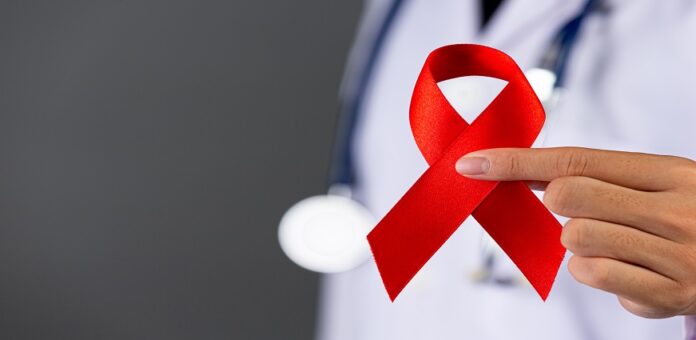HIV/AIDS (human immunodeficiency virus) is a virus that attacks the body’s immune system, weakening its ability to fight off infections and illnesses. If left untreated, HIV can progress to AIDS (acquired immunodeficiency syndrome), a condition in which the immune system is severely damaged and vulnerable to life-threatening infections and cancers.
Causes: HIV is transmitted through the exchange of certain body fluids, including blood, semen, vaginal secretions, and breast milk. The most common modes of transmission are through unprotected sexual contact, sharing needles or other injection equipment, and mother-to-child transmission during childbirth or breastfeeding. HIV is not transmitted through casual contact, such as shaking hands, hugging, or sharing food and drinks.
Symptoms: Many people with HIV do not experience symptoms in the early stages of the infection. However, some may experience flu-like symptoms, such as fever, headache, muscle aches, and fatigue, within two to four weeks of infection. These symptoms typically resolve within a few weeks, after which the person may experience no symptoms for years or even decades. As the virus progresses, symptoms may include weight loss, chronic diarrhea, fever, night sweats, and swollen lymph nodes. In advanced stages, the person may develop opportunistic infections and cancers, which can be life-threatening.
Diagnosis: HIV can be diagnosed through blood tests that detect antibodies to the virus or through tests that detect the virus itself. It is recommended that people at risk of HIV get tested regularly, and that anyone who tests positive for HIV be linked to care and treatment as soon as possible.
Treatment: There is no cure for HIV, but antiretroviral therapy (ART) can effectively control the virus and prevent progression to AIDS. ART involves taking a combination of medications that target different stages of the virus’s life cycle. The goal of ART is to reduce the amount of virus in the body to undetectable levels, which not only improves the person’s health but also greatly reduces the risk of transmitting the virus to others. In addition to ART, people with HIV may receive treatment for opportunistic infections and cancers as needed. It is also important to practice safe sex and avoid sharing needles or other injection equipment to prevent the transmission of HIV.
Prevention: The most effective way to prevent HIV transmission is to practice safe sex, which includes using condoms consistently and correctly and limiting the number of sexual partners. Other prevention methods include using pre-exposure prophylaxis (PrEP), a medication that can reduce the risk of HIV transmission in people at high risk, and post-exposure prophylaxis (PEP), a medication that can prevent HIV infection if taken within 72 hours of exposure. It is also important to avoid sharing needles or other injection equipment, and to get tested regularly for HIV and other sexually transmitted infections.
In conclusion, HIV is a serious health condition that can have significant long-term health consequences if left untreated. It is important to practice safe sex, get tested regularly for HIV and other sexually transmitted infections, and seek care and treatment if diagnosed with HIV. With proper treatment and care, people with HIV can live long, healthy lives and greatly reduce the risk of transmitting the virus to others.
































